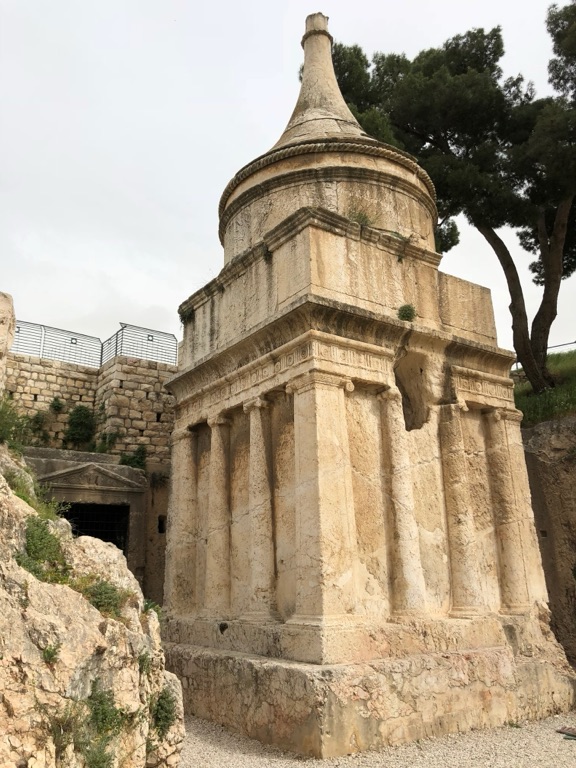The Tomb of Absalom, also known as Yad Avshalom, stands as an ancient and enigmatic monument located in the Kidron Valley, at the foot of the Mount of Olives in Jerusalem. This impressive structure, carved out of the solid rock of the valley, has been a subject of fascination and reverence for centuries. Traditionally, it is believed to be the burial place of Absalom, the rebellious son of King David of Israel, as mentioned in the Hebrew Bible. However, its exact origins and purpose have been debated by scholars and historians alike.
Get your dose of History via Email
Historical Background of the Tomb of Absalom
The Tomb of Absalom was first documented in the 1st century CE by the Jewish historian Josephus. He, however, did not mention its connection to Absalom. The attribution to Absalom emerged in the Byzantine period. The monument’s design suggests it dates back to the 1st century CE, not the time of Absalom. This discrepancy has puzzled historians for years.
Despite its name, the tomb was not built by Absalom. It was likely constructed by a wealthy Jewish family for use as a funerary monument. Over time, the site has attracted various legends and traditions. For instance, it became a custom to throw stones at the monument, symbolizing disdain for Absalom’s betrayal of his father.
The site has seen various uses throughout history. During the Byzantine period, it served as a chapel. The Crusaders later used it as a station on the pilgrimage route. Its striking appearance has made it a notable landmark in the Kidron Valley.
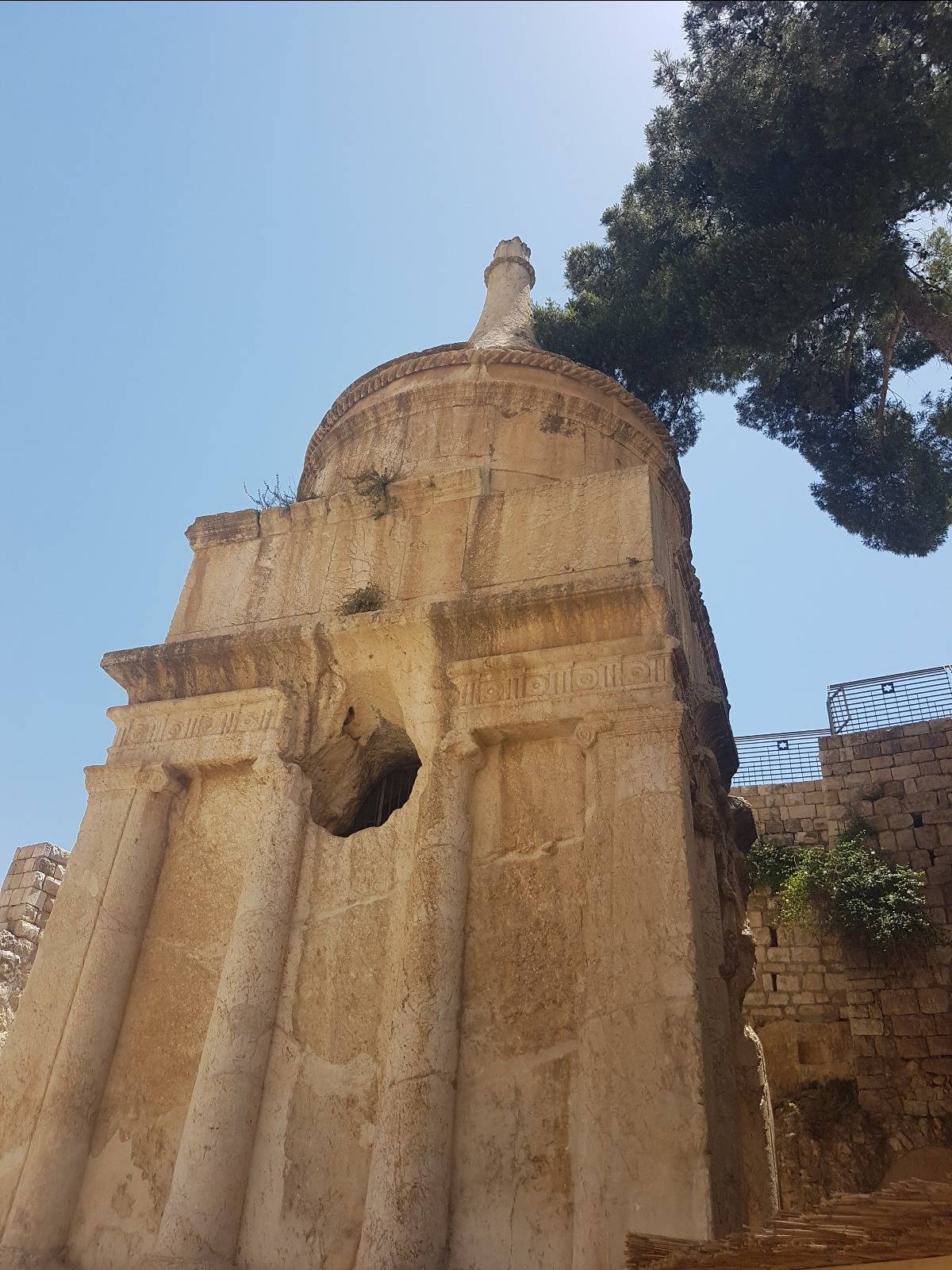
The Tomb of Absalom has not been the scene of any major historical events. However, its presence in the valley, near other significant tombs and monuments, adds to the historical richness of the area. The site continues to be a point of interest for visitors and scholars alike.
The discovery of the tomb did not come from a single event but rather from the continuous habitation and historical interest in the Kidron Valley. Its proximity to the Old City of Jerusalem has kept it within the public eye for millennia.
About the Tomb of Absalom
The Tomb of Absalom stands at approximately 20 meters high. It features a conical roof, which is a unique characteristic among the tombs in the area. The lower part of the monument is hewn from the rock, while the upper part is built with ashlars, or finely dressed stones.
The structure’s design combines various architectural styles. The lower part reflects a strong Hellenistic influence, with Ionic columns and a Doric frieze. The conical roof, however, is reminiscent of the Nabatean or Phoenician style. This blend of influences suggests a diverse cultural environment at the time of its construction.
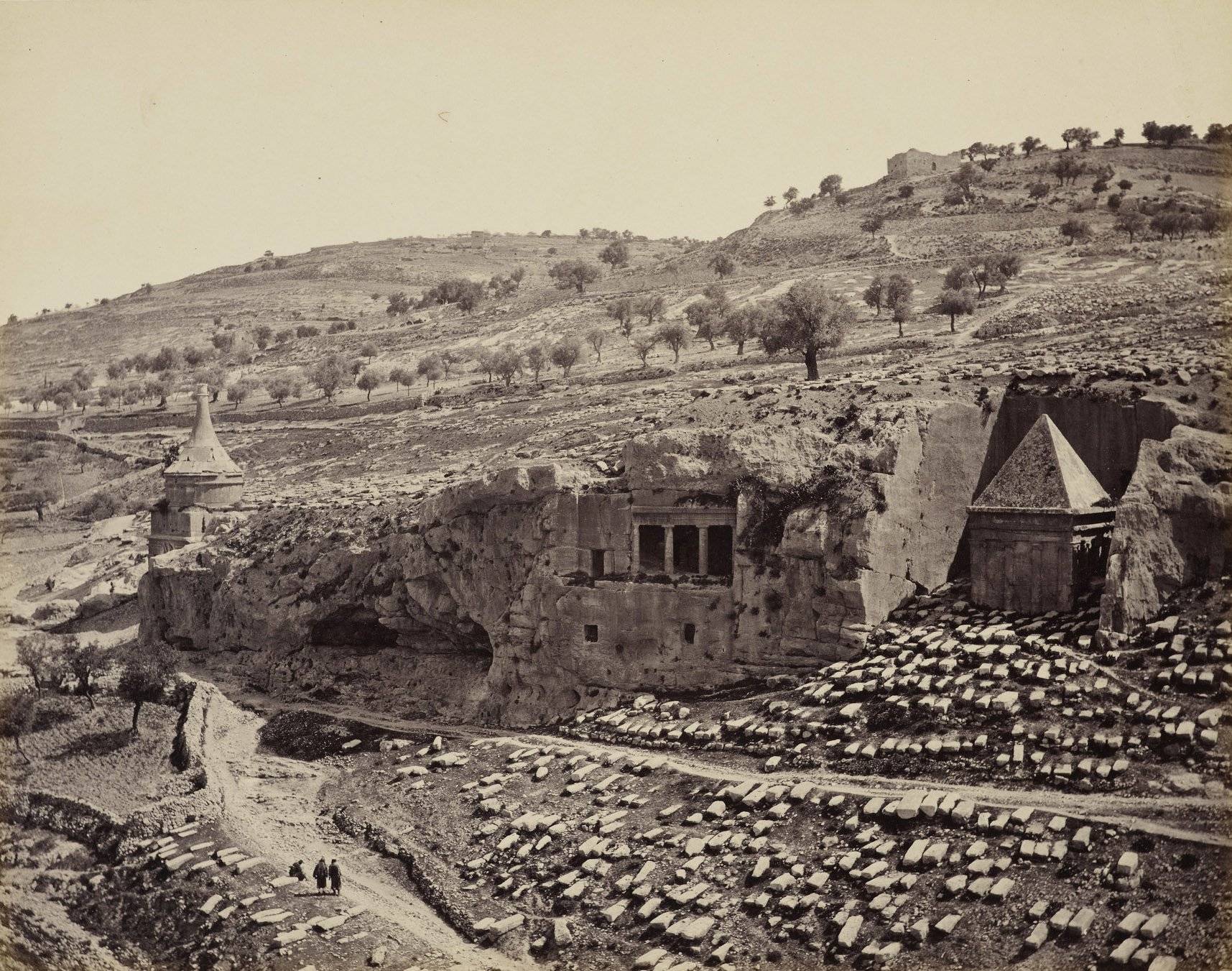
The interior of the tomb contains a single, central chamber. This chamber was likely used for burial, although no remains have been found to confirm this. The absence of inscriptions or artifacts has made it difficult to determine the original occupants.
The construction methods and building materials of the Tomb of Absalom indicate a high level of craftsmanship. The precise stone carving and architectural sophistication reflect the wealth and social status of its builders.
Despite its age, the Tomb of Absalom remains in relatively good condition. This is due to the durability of the materials used and the fact that much of the structure is carved directly from the rock face, providing natural protection from the elements.
Theories and Interpretations
There are several theories regarding the Tomb of Absalom. One suggests that it was a nefesh, a monument to mark the burial site, rather than the tomb itself. This aligns with similar structures found in the region, which served as cenotaphs or memorial markers.
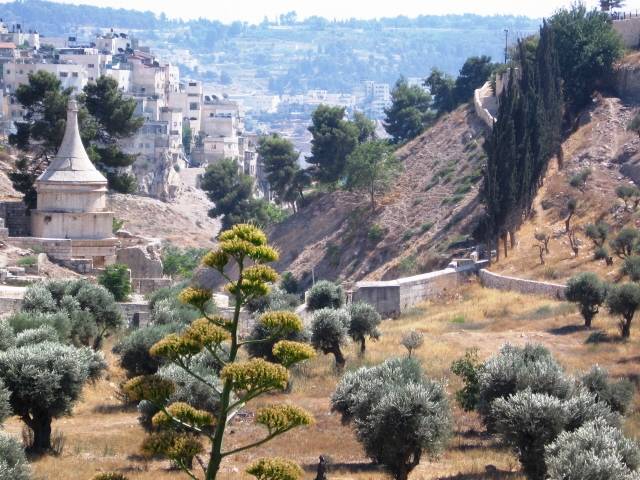
Another theory posits that the tomb may have been reused over time. This is a common practice in the region, where tombs were often repurposed for new burials. However, the lack of human remains makes this theory difficult to confirm.
The mystery of the Tomb of Absalom is compounded by its architectural anomalies. The combination of different styles has led some to speculate about the cultural identity of its builders. It may indicate a fusion of local and foreign influences during a period of cultural exchange.
Historical records provide little information about the tomb, leaving much to interpretation. The dating of the structure has been primarily based on architectural analysis. Carbon dating or other scientific methods have not been applied, as there is no organic material to analyze.
The absence of definitive evidence has led to a reliance on historical texts and comparative archaeology to understand the tomb’s purpose. As such, the Tomb of Absalom remains an enigmatic piece of Jerusalem’s history, inviting both scholarly debate and public curiosity.
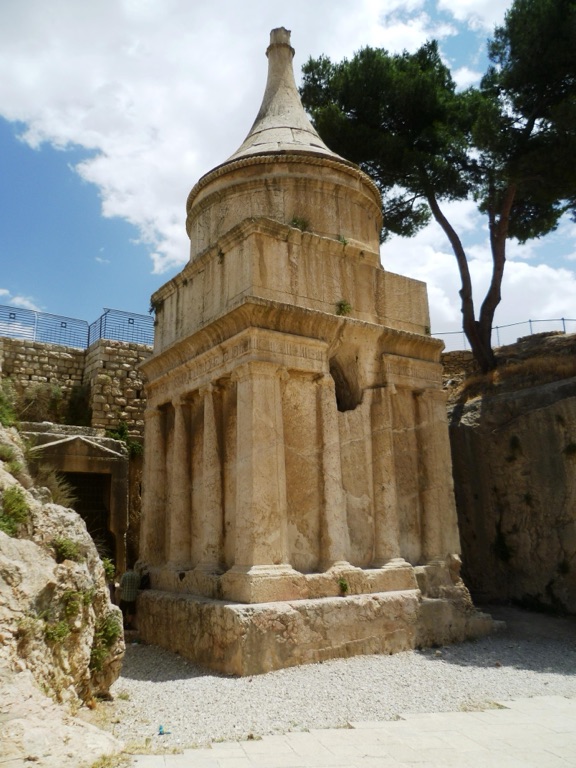
At a glance
Country: Israel
Civilization: Jewish
Age: 1st century CE
Conclusion and Sources
Reputable sources used in the creation of this article include:

